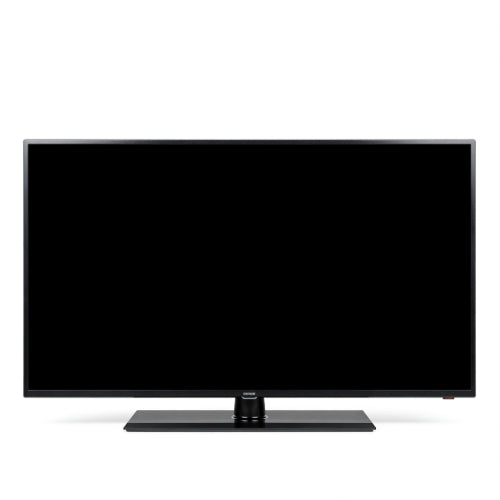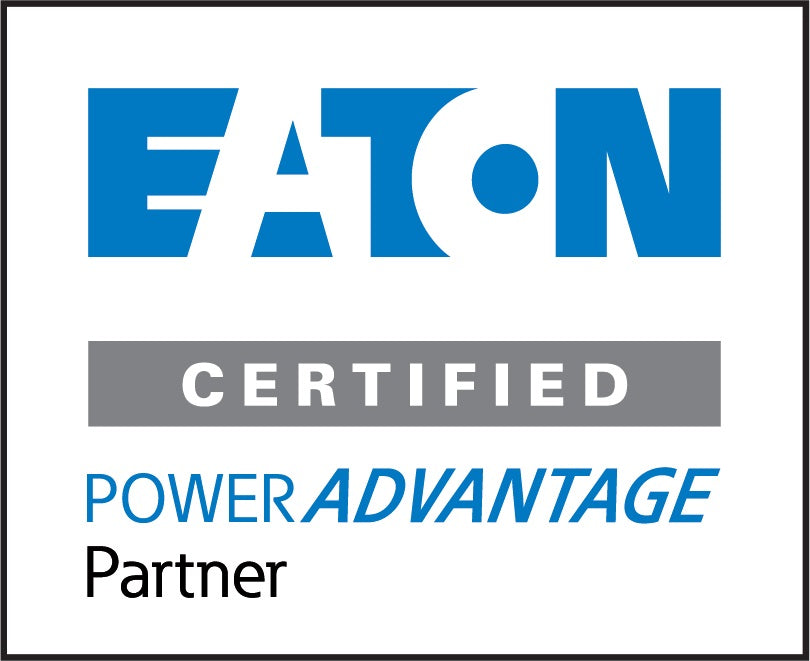Level Up Your Display: The Best Televisions for Dominating Games and Boosting Productivity
Gone are the days when televisions were solely for passive viewing. Today's high-tech displays are increasingly finding their way into gaming setups and even home office environments. The right TV can be a game-changer, offering immersive visuals for your favorite titles and ample screen real estate for multitasking. But with a dizzying array of features and specifications, choosing the perfect TV for both gaming and work can feel like navigating a complex maze.
Fear not, pixel pushers and productivity pros! This blog will guide you through the key considerations and highlight some of the best televisions that excel in both the virtual battlefield and the digital workspace.
The Dual Demands: What to Look For
A TV that shines in both gaming and work needs to strike a delicate balance of features. Here's what to prioritize:
For Gaming:
- High Refresh Rate: This is paramount for smooth and responsive gameplay. Look for TVs with a native refresh rate of 120Hz (or even 144Hz) to take full advantage of high frame rate gaming on consoles like the PlayStation 5 and Xbox Series X, as well as gaming PCs.
- Low Input Lag: Input lag is the delay between your controller input and the action appearing on screen. A low input lag (ideally under 15ms, and even better below 10ms) is crucial for competitive gaming, ensuring responsiveness and precision.
- Variable Refresh Rate (VRR): Technologies like AMD FreeSync Premium and NVIDIA G-Sync dynamically adjust the TV's refresh rate to match the game's frame rate, eliminating screen tearing and stuttering for a smoother visual experience. Ensure the TV supports the VRR standard compatible with your gaming platform.
- HDMI 2.1: This latest HDMI standard is essential for unlocking the full potential of next-gen consoles, supporting 4K resolution at 120Hz, as well as VRR and Auto Low Latency Mode (ALLM).
- Auto Low Latency Mode (ALLM): This feature automatically switches the TV to its lowest latency mode when a game is detected, eliminating the need for manual adjustments.
- Response Time: While often less emphasized than refresh rate and input lag, a fast response time minimizes motion blur, especially in fast-paced games. Look for TVs with response times of 5ms or lower.
For Work:
- High Resolution: For crisp text and detailed visuals when working with documents, spreadsheets, and creative software, a 4K (Ultra HD) resolution is highly recommended.
- Screen Size: A larger screen provides more real estate for multitasking, allowing you to have multiple windows open side-by-side, boosting productivity. Consider sizes 43 inches and above for a comfortable work experience.
- Color Accuracy: If your work involves color-sensitive tasks like graphic design or video editing, look for TVs with wide color gamuts (like DCI-P3 coverage) and accurate color calibration.
- Connectivity: Multiple HDMI ports are essential for connecting your work laptop, docking station, and other peripherals. USB ports can also be useful for connecting external storage or powering accessories.
- Viewing Angles: Wide viewing angles ensure that the image remains consistent and clear even when you're not sitting directly in front of the screen, which can be beneficial for collaborative work or presentations.
- Burn-in Resistance (Consideration): If you plan to display static elements (like taskbars or logos) for extended periods, consider TVs with technologies designed to mitigate the risk of burn-in, such as OLED panels with pixel shift or aggressive screen savers.
Top Television Technologies to Consider:
- OLED (Organic Light Emitting Diode): Offers exceptional contrast, deep blacks, and vibrant colors, making them fantastic for both immersive gaming and visually rich work. However, they can be more expensive and have a potential (though increasingly mitigated) risk of burn-in with prolonged static images.
- Mini-LED with Local Dimming: Provides excellent brightness and contrast control, approaching OLED levels in some cases, with less risk of burn-in. Local dimming allows for precise control of backlight zones, enhancing black levels and detail.
- QLED (Quantum Dot LED): Delivers bright and vibrant colors, excellent for HDR content in both games and work applications. They typically offer good response times and are less susceptible to burn-in than OLED.
- Standard LED-LCD: More budget-friendly options that can still offer decent performance for both gaming and work, especially if you prioritize refresh rate and input lag for gaming and resolution and screen size for work.
Our Top Picks (Across Different Categories):
It's important to note that the "best" TV is subjective and depends on your specific budget and priorities. However, here are some excellent contenders in different categories:
Premium OLED All-Rounders:
- LG OLED C Series (e.g., C4, C3): Consistently lauded for their exceptional picture quality, low input lag, 120Hz refresh rate (via HDMI 2.1), VRR support (FreeSync Premium and G-Sync Compatible), and comprehensive smart features. They are fantastic for both high-end gaming and visually demanding work.
- Sony OLED A Series (e.g., A80L, A95L): Known for their cinematic picture quality, excellent color accuracy, and low input lag. They also boast impressive sound systems and are a strong contender for a premium experience in both gaming and work.
High-Performance Mini-LED/QLED:
- Samsung Neo QLED Series (e.g., QN90D, QN95C): Offer incredible brightness, precise local dimming, vibrant colors, low input lag, and 120Hz/144Hz refresh rates (via HDMI 2.1). They are excellent for HDR gaming and provide a bright and detailed picture for work.
- Sony BRAVIA X Series (e.g., X95L, X90K): Deliver excellent picture quality with strong contrast and color accuracy, often featuring low input lag and VRR support. They are a great option for a balanced gaming and work experience.
Excellent Value Options:
- TCL 6-Series (e.g., R655, R646): Offer a fantastic combination of features for their price, often including Mini-LED backlighting, 120Hz refresh rates (some models), VRR support, and low input lag, making them a strong contender for budget-conscious gamers and workers.
- Hisense U8 Series (e.g., U8K, U8G): Provide impressive picture quality with local dimming, high brightness, and often support 120Hz refresh rates and VRR at a competitive price point.
Important Considerations Before Buying:
- Room Size and Viewing Distance: Ensure the TV size is appropriate for your viewing distance to avoid eye strain and maximize immersion.
- Sound Quality: While the picture is crucial, don't neglect the audio. Consider a soundbar or dedicated speaker system for a more immersive experience in both gaming and movies.
- Smart Features: Most modern TVs come with smart platforms. Choose one that is user-friendly and offers the streaming apps you use most frequently.
- Read Reviews: Before making a purchase, read professional reviews and user feedback to get real-world insights into the TV's performance in both gaming and work scenarios.
The Verdict:
Finding the perfect TV for both gaming and work requires careful consideration of your specific needs and priorities. By understanding the key features and technologies, and exploring the top contenders in different categories, you can level up your display and enjoy a truly versatile and immersive experience, whether you're conquering virtual worlds or tackling your daily tasks. Choose wisely, and prepare to be amazed by the power of a truly dual-purpose display!







